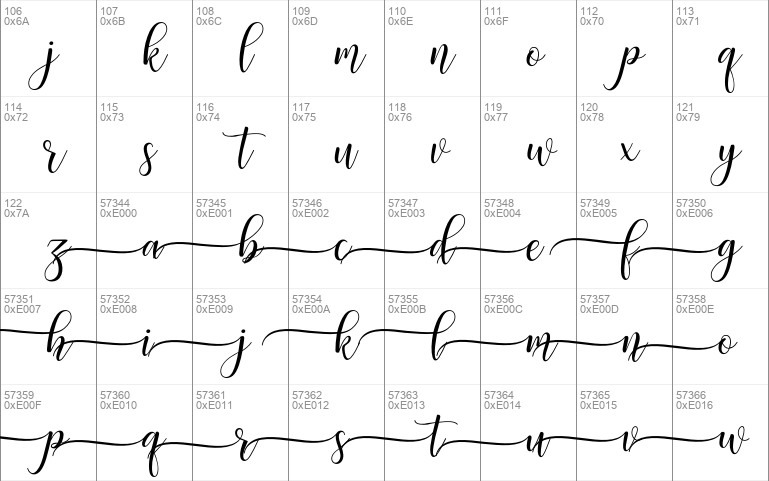

Various "styles" (in current terms, " fonts") of representation of the Jewish script letters described in this article also exist, including a variety of cursive Hebrew styles. "Assyrian script"), since its origins were alleged to be from Assyria. The present "Jewish script" or "square script", on the contrary, is a stylized form of the Aramaic alphabet and was technically known by Jewish sages as Ashurit (lit. The original, old Hebrew script, known as the paleo-Hebrew alphabet, has been largely preserved in a variant form as the Samaritan alphabet. Historically, two separate abjad scripts have been used to write Hebrew. It is an offshoot of the Imperial Aramaic alphabet, which flourished during the Achaemenid Empire and which itself derives from the Phoenician alphabet. It is also used informally in Israel to write Levantine Arabic, especially among Druze.

The Hebrew alphabet ( Hebrew: אָלֶף־בֵּית עִבְרִי, Alefbet ivri), known variously by scholars as the Ktav Ashuri, Jewish script, square script and block script, is an abjad script used in the writing of the Hebrew language and other Jewish languages, most notably Yiddish, Ladino, Judeo-Arabic, and Judeo-Persian. BCEĪdlam (slight influence from Arabic) 1989 CE



 0 kommentar(er)
0 kommentar(er)
